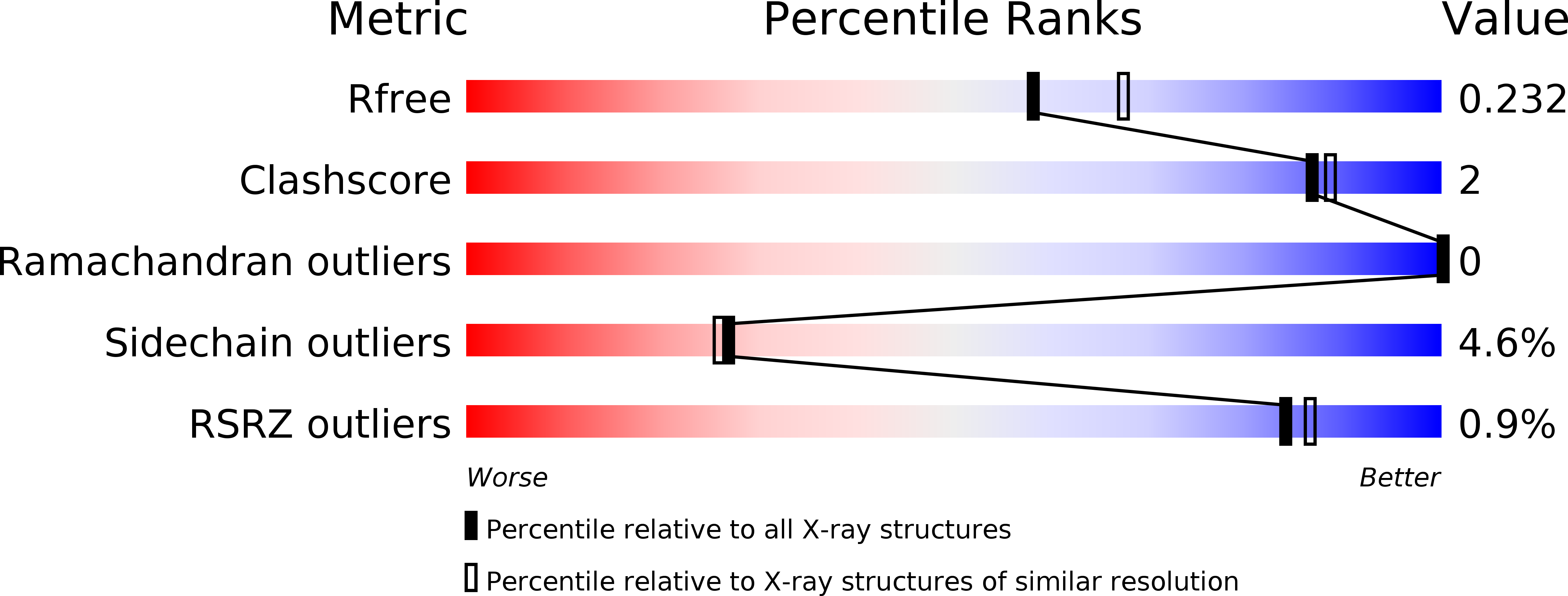
Deposition Date
2016-12-14
Release Date
2017-12-20
Last Version Date
2024-11-20
Entry Detail
PDB ID:
5U8M
Keywords:
Title:
A novel family of redox sensors in the streptococci evolved from two-component response regulators
Biological Source:
Source Organism:
Streptococcus pneumoniae (strain Hungary19A-6) (Taxon ID: 487214)
Host Organism:
Method Details:
Experimental Method:
Resolution:
2.11 Å
R-Value Free:
0.23
R-Value Work:
0.18
R-Value Observed:
0.19
Space Group:
P 21 21 21


